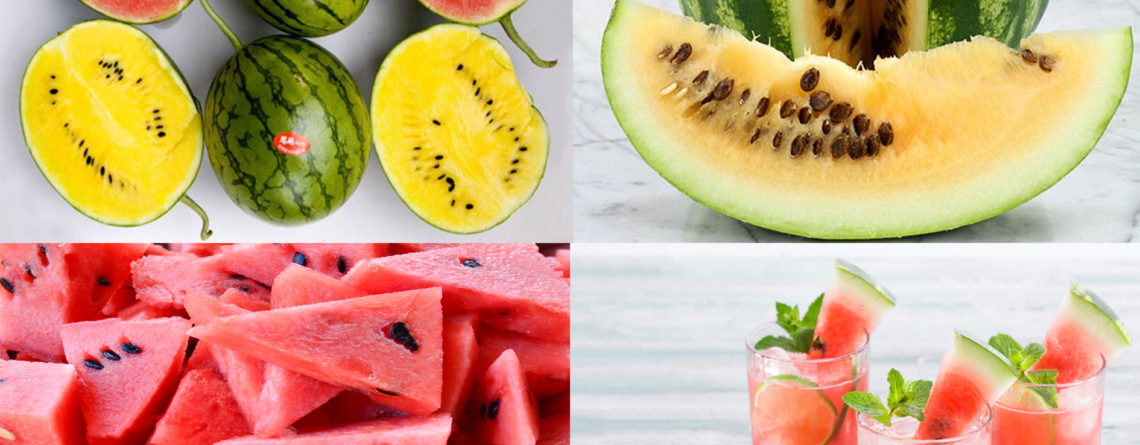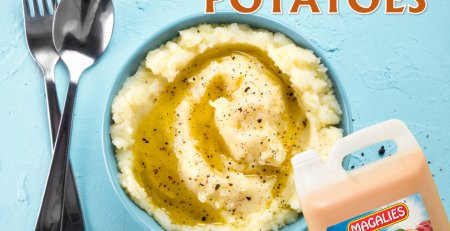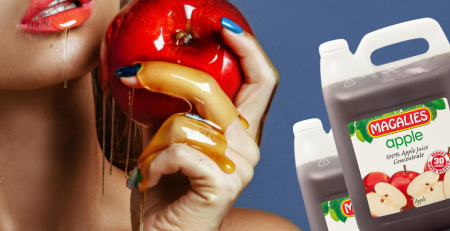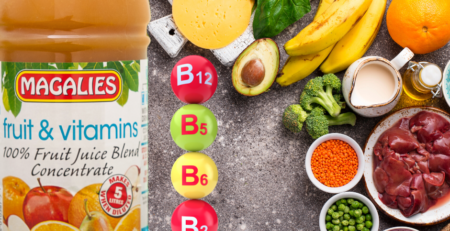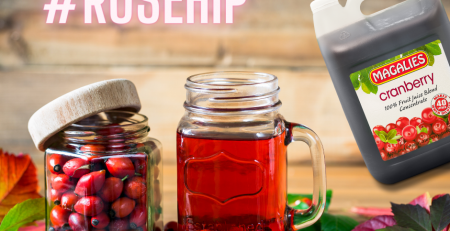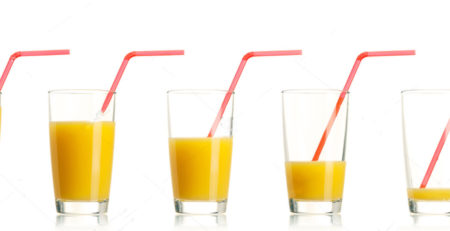“W” is for Watermelon!
by Dr. Marli Botha
With nice hot South African summers, there is a constant need to keep ourselves hydrated and fresh. What better than a bowl full of watermelon, which is not only tasty but filling and healthy too. One of those fruits boasting of high-lycopene content, watermelon has a lot to offer, especially when you are looking to lose weight. Rich in numerous nutrients and health benefits, watermelons make for a great snacking option.
- Watermelon fruit is 91% water, contains 6% sugars, and is low in fat.
- In a 100-gram serving, watermelon fruit supplies 30 calories, only vitamin C is present in appreciable content at 10% of the Daily Value, Watermelon pulp contains carotenoids, including lycopene.
- The amino acid citrulline is produced in watermelon rind. The Journal of Agricultural Food and Chemistry recommends downing a cup of watermelon juice before you work out to help reduce heart rate and muscle soreness. This is due to L-citrulline, an amino acid that the body converts to the circulation-promoting L-arginine.
- It is not recommended to consume watermelon after 7 pm. Watermelon is slightly acidic and if consumed at night, it may delay the process of digestion when the body is inactive. Consisting of a huge percentage of water, watermelons may actually lead to frequent trips to the toilet leading to poor sleep and sleep deprivation and fatigue the other day.
- Though we think of watermelon as mainly an American food item, especially in the Southern states, the fruit actually hails from Africa, namely Egypt. Scientists have found evidence of the watermelon in this country not only from seeds discovered in tombs, but also depicted in hieroglyphics dating back to the 2nd millennium B.C.
- While everyone recognizes the lush red inside the average watermelon, some of these fruits are a golden yellow-orange or pale green. There’s the super sweet and tender Yellow Doll and the Yellow Baby, a Mountain Dew–hued melon on the sweeter side. For an emerald shade you have the Cream of Saskatchewan, a creamy melon that is said to have arrived on the continent with Russian immigrants to Canada. It’s not common by any means — you would be lucky to see one. Then, of course there is the Golden Midget, a watermelon with a yellow rind developed in 1959 by well-known breeders Elwyn Meader and Albert Yeager at the University of New Hampshire.

